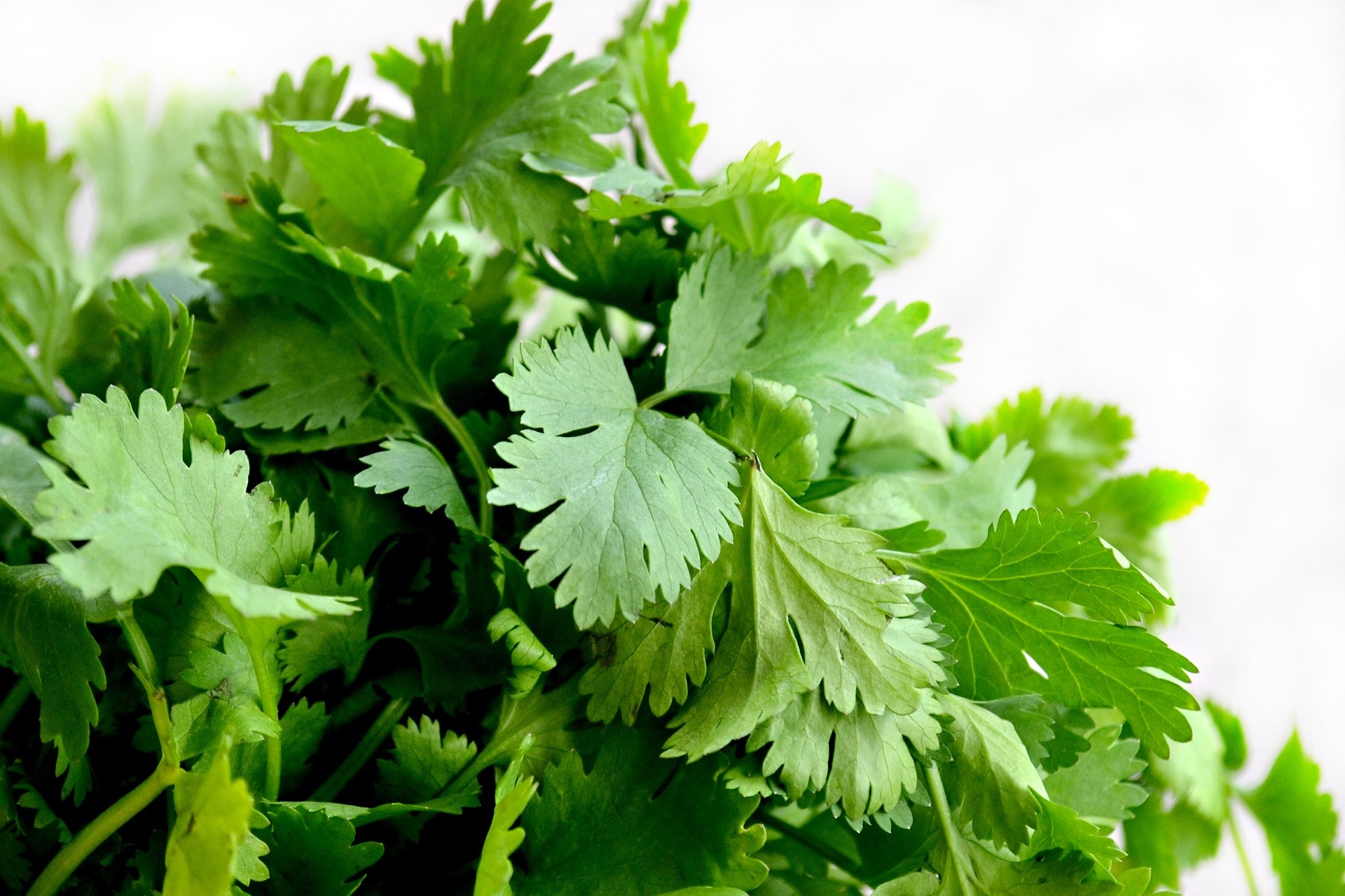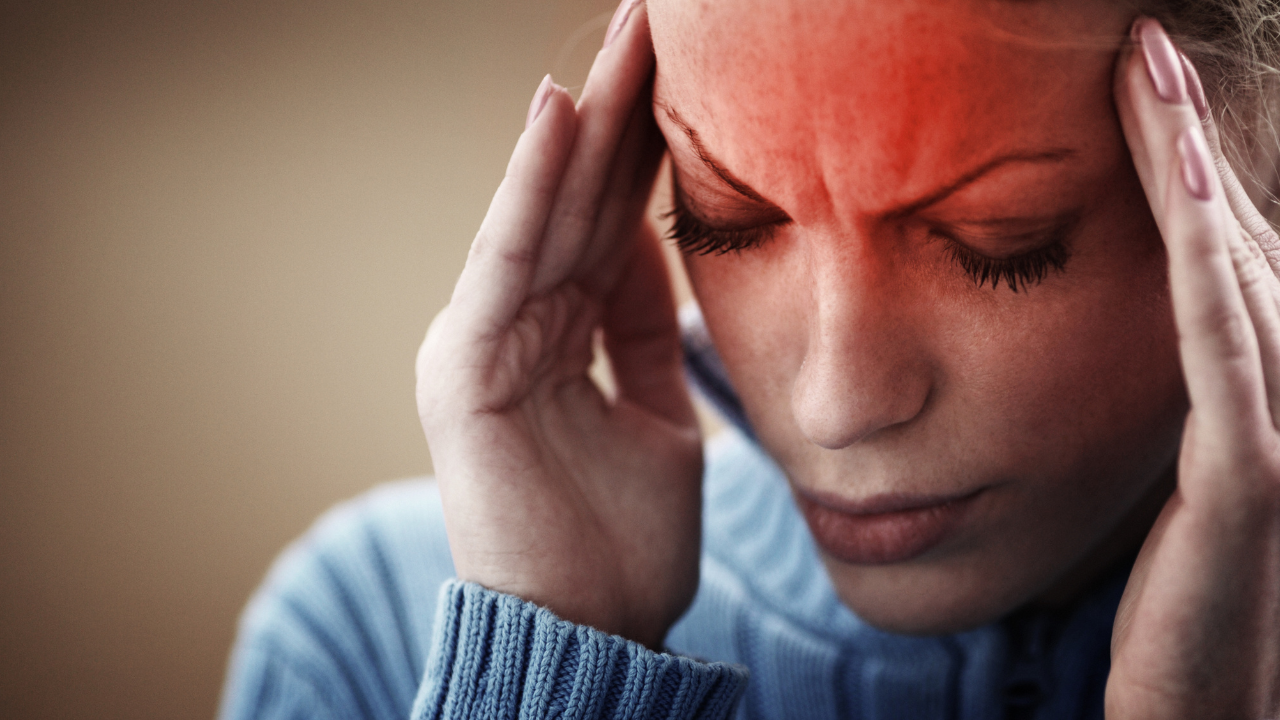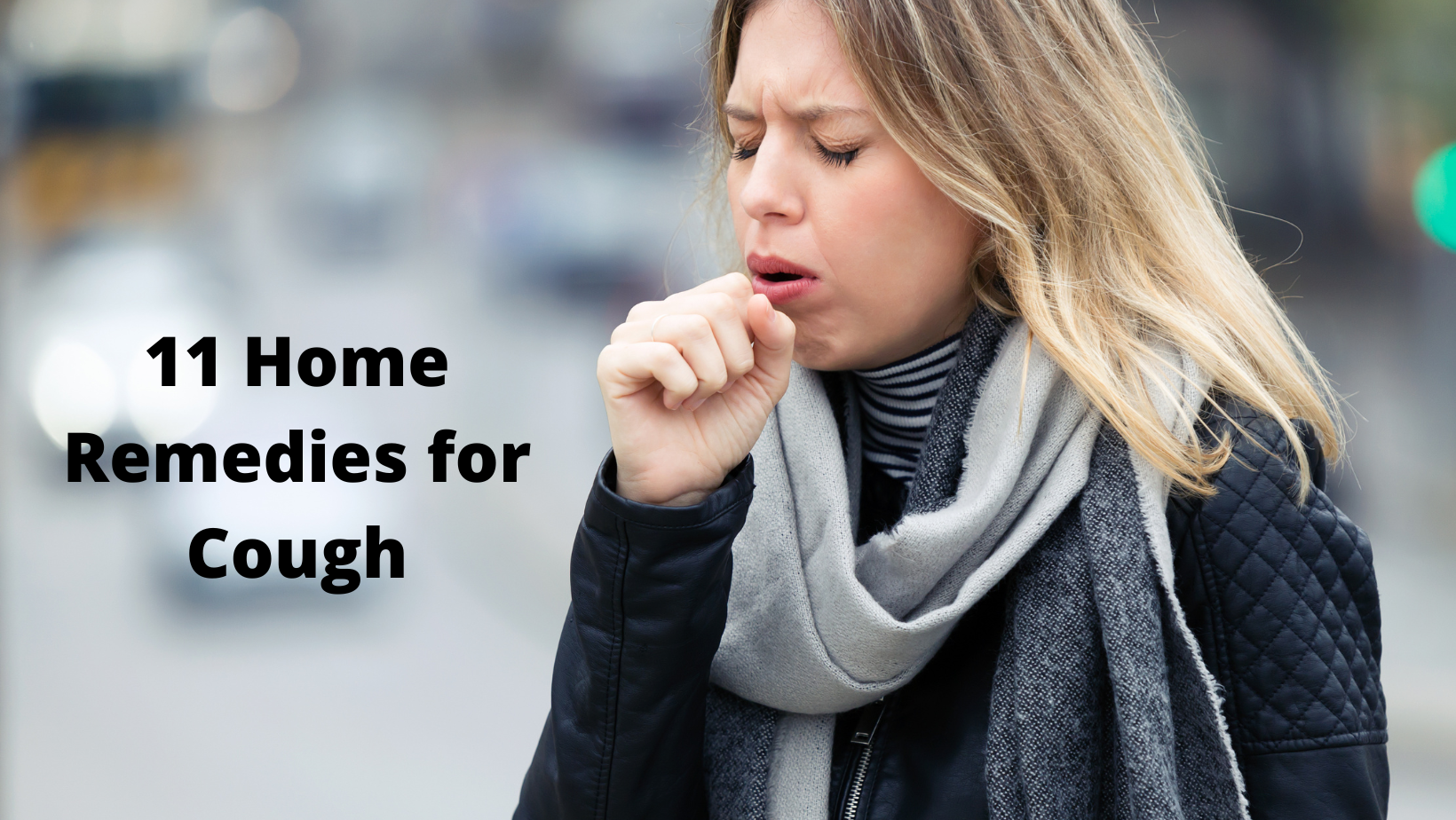Coriander
Botanical Name - Coriandrum sativum
English Name- Coriander/ Cilantro
Origin, distribution and Composition

Coriander is both an annual and a perennial herb. It is erect, sweet smelling and grows up to 20 cm in length with many branches.
It is a native Of the Mediterranean region, where it has been grown since ancient times.
It is extensively cultivated in Europe, North Africa, India, South America, Malaysia, Thailand and China.
The herb is rich in various food elements. An analysis of its leaves shows them to contain moisture 86.3 percent, protein 3.3 percent, fat 0.6 percent, minerals 2.3 percent, fibre 1.2 percent and carbohydrates 6.3 percent per 100 grams.
The mineral and vitamin contents include calcium. phosphorus, iron, carotene, thiamine, riboflavin, niacin and vitamin C. They also contain sodium, potassium and oxalic acid. Their calorific value is 288.
Coriander seeds are dried when they are ripe. They have an aromatic odour and mild spicy taste.
Healing Power of Coriander
The leaves of coriander are stimulant and tonic. They strengthen the stomach and promote its action, relieve flatulence, increase secretion and discharge of Urine and reduce fever. Coriander seeds reduce fever and promote a feeling of coolness. Coriander juice is beneficial in deficiencies of vitamin A, Bl, B2, C and iron.
Digestive Disorders
One or two teaspoons of coriander juice, added to fresh buttermilk, is highly beneficial in treating digestive disorders such as nausea, indigestion, dysentery, hepatitis and ulcerative colitis. It is also helpful in typhoid fever.
Dry coriander treats diarrhoea and chronic dysentery, as well as being useful in acidity. A chutney made from dry coriander, grated coconut, ginger and black grapes without seed is a remedy for abdominal pain due to indigestion.
Small Pox
One teaspoon of fresh coriander juice, mixed with I or 2 banana, given once daily regularly, for a week is a effective preventive measure against small pox.
High Cholesterol Levels
Regular drinking of coriander water helps lower blood as it is a good diuretic and stimulates the kidneys. It is prepared by boiling dry seeds of coriander and straining them after cooling.
Excessive Menstrual Flow
Coriander seeds check excessive menstrual flow. Six grams of the seeds should be boiled in half a litre of water, till only half the water remains. Add honey to it, and should be taken when its Luke warm. Person gets relief after drinking it for 3 -4 days.
Skin Disorders
A teaspoon of coriander juice, mixed with a pinch of turmeric powder, is an effective remedy for pimples, blackheads and dry skin. The mixture should be applied on the face, after washing it thoroughly, every night before sleeping.
Heavy Metal Detoxification
Recently it is also used in Chelation treatments - i.e removing heavy metals such as lead, aluminium and mercury from the body.
Precautions
Dry coriander should be sparingly used by person suffering from asthma and chronic bronchitis.
Other Uses
The young plants of coriander are in chutneys, sauces, curries and soups. The volatile oil in it is used for flavouring and in medicine. In the dried form. coriander is an important ingredient of curry powder and is also used in pickling spices, sausages, seasoning, confectionery and for flavouring spirits, particularly gin.



